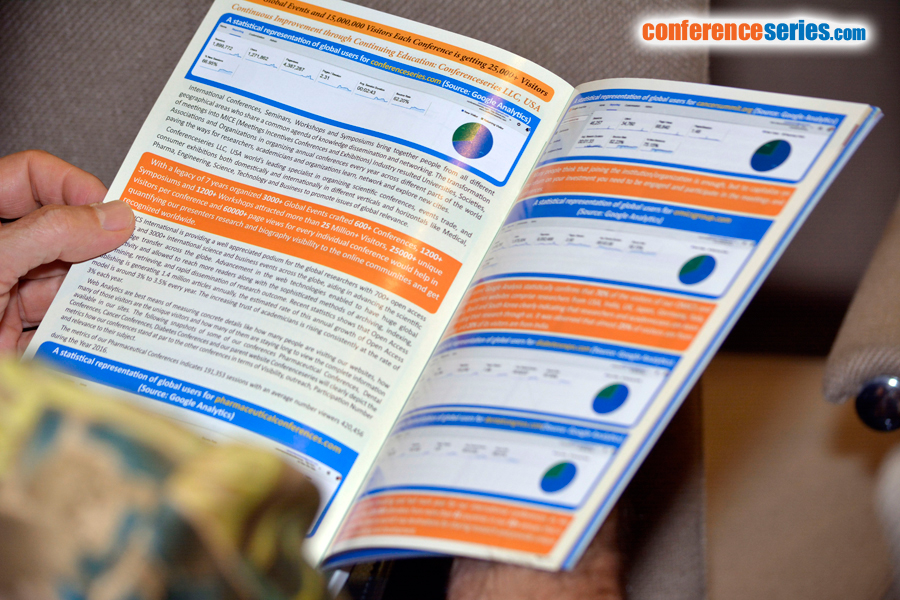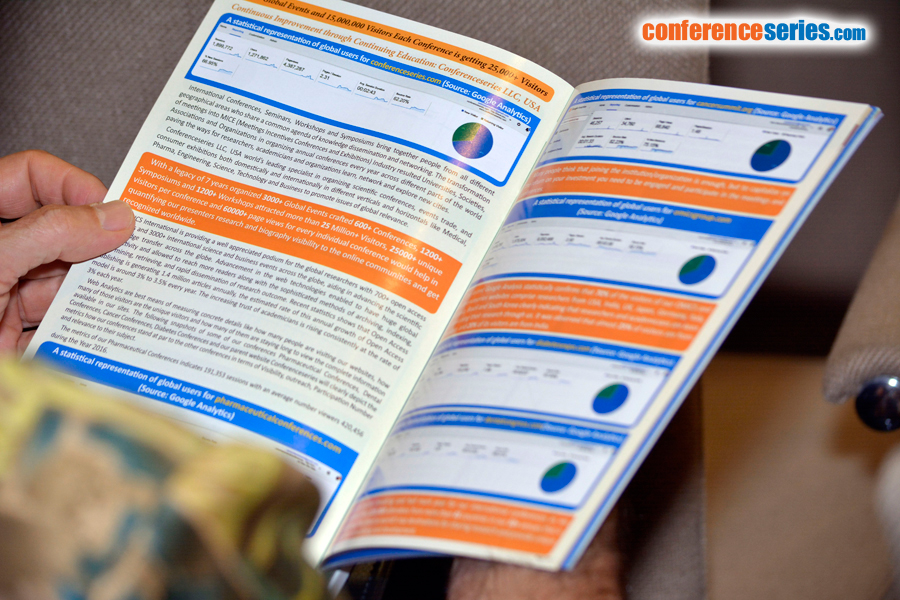Samer Aouad
University of Balamand, Lebanon
Title: The effect of doping NiMgAl catalysts with lanthanum on the dry reforming of methane
Biography
Biography: Samer Aouad
Abstract
The dry reforming of methane is a prospective process that can be used for the valorisation of the greenhouse gas; carbon dioxide. It also produces syngas suitable for use in Fischer-Tropsch oxygenated compounds syntheses. The main issue with this process is that the catalysts used are quickly deactivated by coke formation. Many studies focus on finding a catalyst that can resist deactivation. Hydrotalcite catalysts are stable and active in the dry reforming of methane. Moreover, the addition of lanthanum to the hydrotalcite composition improves catalytic activity. NixMg6-xAl2 and NixMg6-xAl1.8La0.2 (x = 2, 4 or 6) catalysts were prepared via the hydrotalcite route. The XRD showed that the calcined NixMg6-xAl1.8La0.2 catalysts contained different lanthanum oxide species. The FTIR spectra demonstrated that lanthanum doped catalysts adsorb more CO2. TPR analyses proved that the addition of lanthanum affected nickel species distribution in the catalysts and strengthened NiO-MgO interaction inside the solid matrix. The CO2 reforming of methane reaction (Ar/CO2/CH4:60/20/20; GHSV 60000 mL.g-1.h-1) was carried out in the 600oC to 800oC range. Lanthanum addition improved the catalytic activity especially by favoring the dry methane reforming reaction over all other secondary reactions in addition to the creation of more basic sites that enhance CO2 adsorption and contribute to carbon deposits removal. The most active lanthanum containing catalyst kept a constant catalytic performance for 14 hours on stream regardless of the formation of carbon deposits. These deposits can be removed under oxidative atmosphere at moderate temperature due to the presence of lanthanum oxide species in the catalyst.






